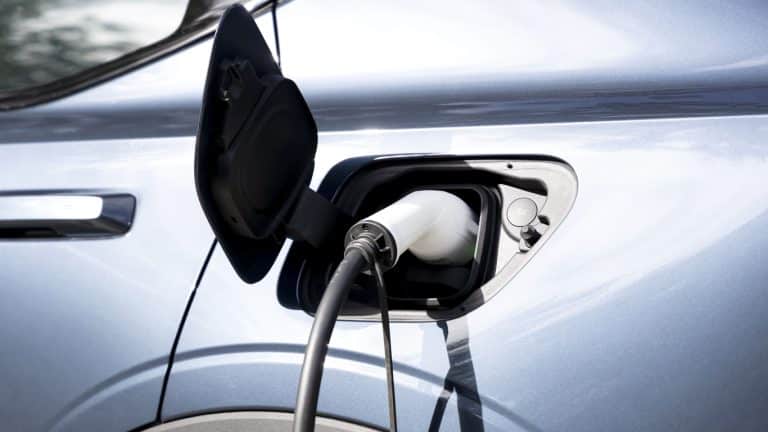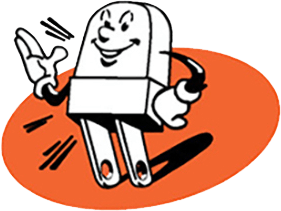All EVs come with mobile chargers that look like oversized laptop adapters. You can plug these chargers into a standard 120-volt power outlet for Level 1 charging, which is the slowest method. The New Nissan Leaf, for example, takes around 11 hours to fully charge its battery at Level 1 speeds.
With a residential EV charging station, your EV ownership experience is greatly enhanced. Instead of using an outlet for the slow mobile charger, you can have a dedicated Level 2 system installed at home that can fully charge an EV such as the Chevy Bolt in a few hours instead of leaving it plugged in from dusk to dawn. You can charge even faster at home with a Level 3 charger, which would bring your Tesla Model 3 battery from 0% to 100% in about an hour.
The convenience of residential EV charging stations is undeniable, but it needs to be precluded by reliability. Imagine waking up to find your EV battery level below 3% despite having been connected to the charging station all night. A malfunctioning home EV charger is a headache that can be prevented through inspections and maintenance to ascertain the reliability of the system.
Basic Maintenance for Home EV Chargers
Keeping the three main components of the EV charging station clean is the first maintenance step. You want to keep the charger unit free of dust, dirt, and debris. Wipe down the exterior with a damp cloth once a month or more often for outdoor installation. You don’t want to get the connector wet, and you should not use harsh household cleaners.
Foster a good habit of coiling the cable when you are done charging instead of leaving it on the ground; this will prevent premature wear or malfunction. When wiping down the station, take a good look at the components and check for damage or exposed wiring.
Professional EV Charger Inspections and Repairs
Let’s say you purchased a home with a Level 2 charger installed. You checked the station a couple of times before the closing, and everything was working fine; however, charging times increased after a couple of weeks, and then the battery monitor began to generate error codes. In this case, you need an electrician to perform a professional inspection to troubleshoot the system.
In most home EV chargers, the cable and the connector are the first components to require replacement. These components can only be repaired to a certain extent; you need them to be in good condition to keep the system reliable. Depending on the EV charger model, software updates from the manufacturer may need to be installed to ensure optimal performance and take care of bug fixes.
If you want to get more information about the installation, maintenance, and repair of EV chargers in Boise, ID, contact Sublime Electric today.


